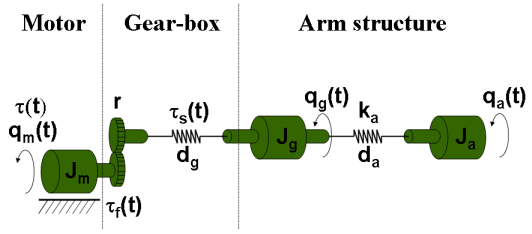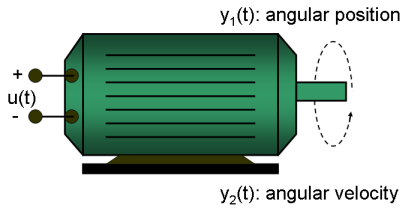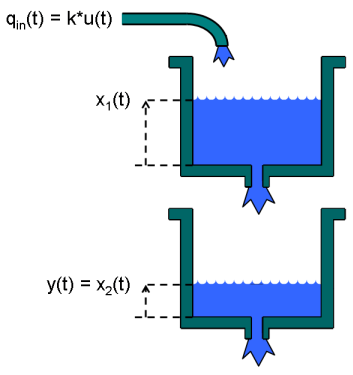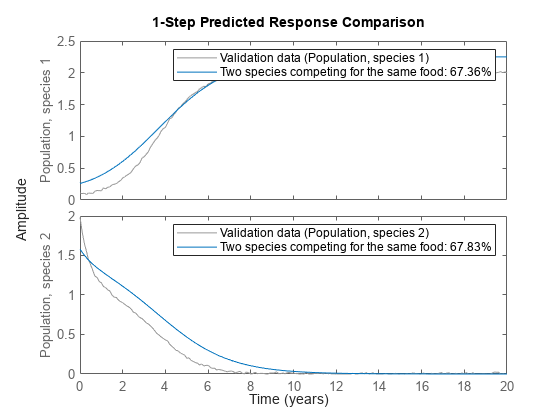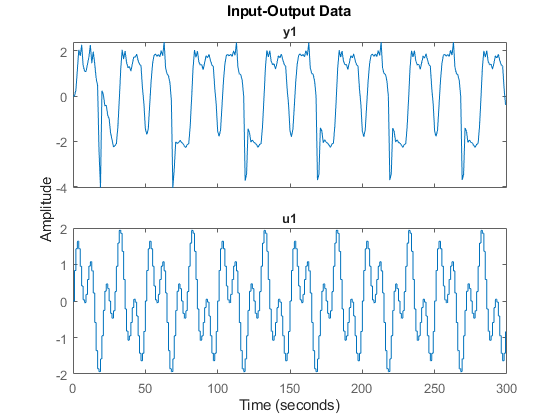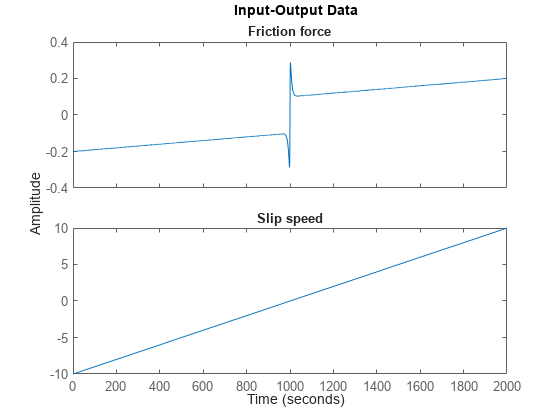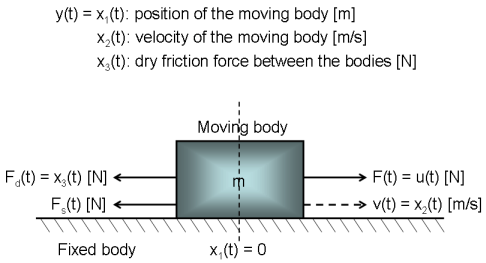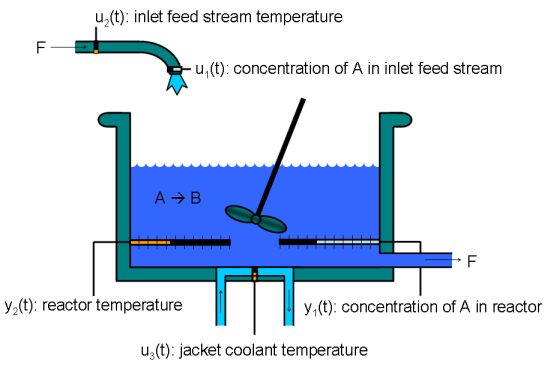灰盒模型估计
估计线性和非线性微分方程、差分方程和状态空间方程的系数
如果您了解系统的物理特性,并且可以使用带有未知参数的常微分方程或差分方程 (ODE) 来表示系统,则可以使用 System Identification Toolbox™ 命令执行灰盒建模。灰盒模型 ODE 明确指定模型的数学结构,包括参数之间的耦合。当您了解变量之间的关系、模型行为的约束或表示系统动态特性的显式方程时,灰盒建模是很有用的。
函数
主题
灰盒建模基础知识
- Linear and Nonlinear Grey-Box Modeling
If you understand the physics of your system, you can estimate linear or nonlinear grey-box models. - Identifying State-Space Models with Separate Process and Measurement Noise Descriptions
An identified linear model is used to simulate and predict system outputs for given input and noise signals. - Loss Function and Model Quality Metrics
Configure the loss function that is minimized during parameter estimation. After estimation, use model quality metrics to assess the quality of identified models. - Estimation Report
The estimation report contains information about the results and options used for a model estimation. - Regularized Estimates of Model Parameters
Regularization is the technique for specifying constraints on the flexibility of a model, thereby reducing uncertainty in the estimated parameter values. - Estimate Coefficients of ODEs to Fit Given Solution
Estimate model parameters using linear and nonlinear grey-box modeling. - Building Structured and User-Defined Models Using System Identification Toolbox
This example shows how to estimate parameters in user-defined model structures.
线性灰盒模型
- Estimate Linear Grey-Box Models
How to define and estimate linear grey-box models at the command line. - Estimate Continuous-Time Grey-Box Model for Heat Diffusion
This example shows how to estimate the heat conductivity and the heat-transfer coefficient of a continuous-time grey-box model for a heated-rod system. - Estimate Discrete-Time Grey-Box Model with Parameterized Disturbance
This example shows how to create a single-input and single-output grey-box model structure when you know the variance of the measurement noise. - Estimate Model Using Zero/Pole/Gain Parameters
This example shows how to estimate a model that is parameterized by poles, zeros, and gains. - Estimate State-Space Models with Structured Parameterization
Structured parameterization lets you exclude specific parameters from estimation by setting these parameters to specific values.
非线性灰盒模型
- Estimate Nonlinear Grey-Box Models
How to define and estimate nonlinear grey-box models at the command line. - Creating IDNLGREY Model Files
This example shows how to write ODE files for nonlinear grey-box models as MATLAB® and C MEX files.


